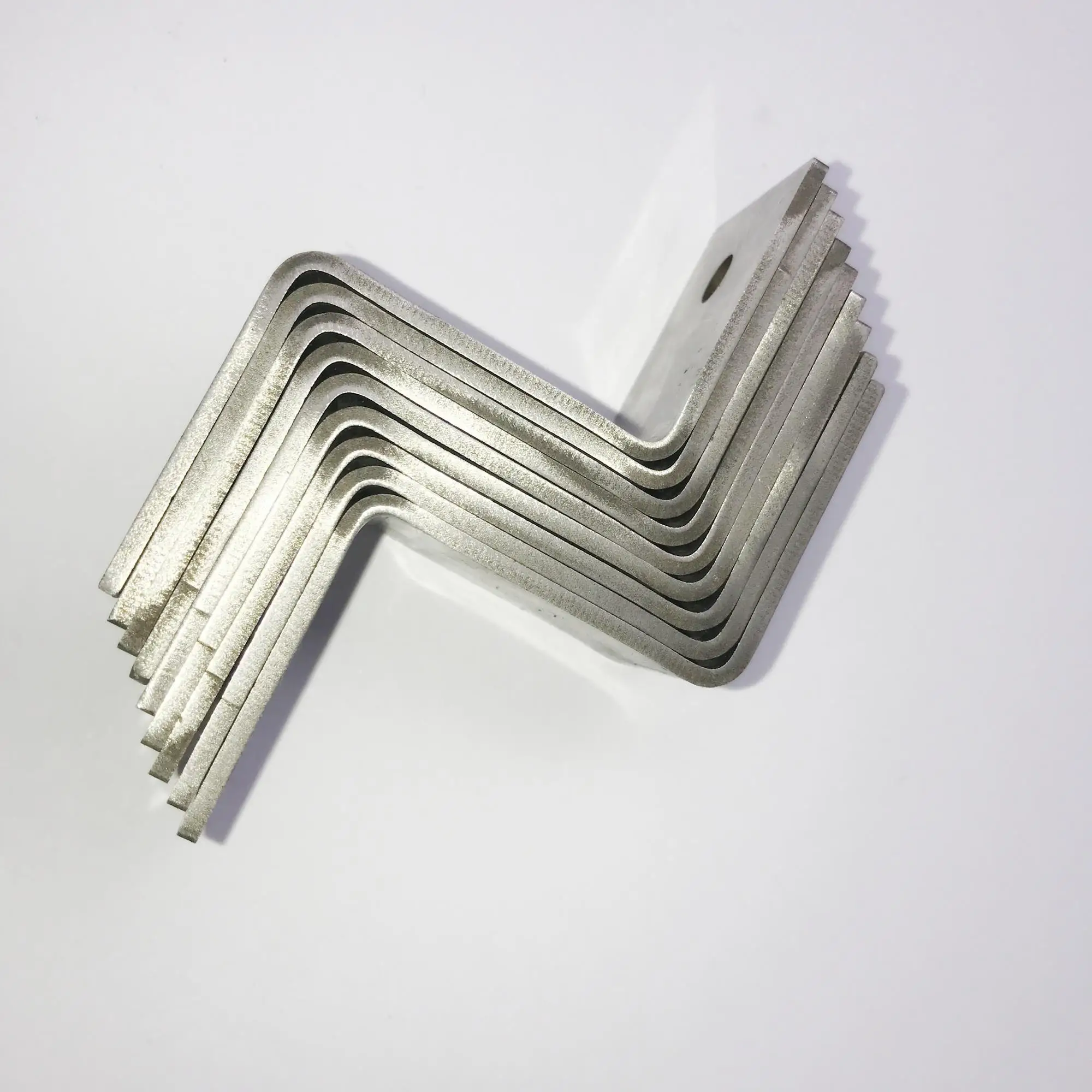Cabinet Hanger Cleat Z Bar

Yo, so you’re thinking about using Z-bar cleats to hang your cabinets, right? Smart move. They’re super strong and make installation a breeze. But before you grab the first ones you see, let’s break down the different types and what makes them tick.
Z-Bar Cleat Design Comparison
Choosing the right Z-bar cleat depends on your project’s needs. Different designs offer varying levels of adjustability, strength, and, let’s be real, aesthetics. Here’s a breakdown:
| Feature | Standard Z-Bar | Adjustable Z-Bar | Heavy-Duty Z-Bar |
|---|---|---|---|
| Adjustability | Limited or none; requires precise cabinet placement. | Allows for minor adjustments post-installation, useful for uneven walls. | Usually limited adjustability, prioritizing strength over fine-tuning. |
| Strength | Suitable for lighter cabinets and shelves. | Generally strong enough for medium-weight cabinets. | Designed for heavy cabinets and substantial loads; often thicker gauge steel. |
| Aesthetics | Simple, often unobtrusive design. | Slightly more complex design due to adjustment mechanisms; might be more visible. | Robust appearance; may be more visually prominent depending on the finish. |
| Material | Typically galvanized steel. | Usually galvanized steel; sometimes powder-coated for added durability and aesthetics. | Often thicker gauge steel, sometimes with additional reinforcement features. |
| Cost | Generally the most affordable option. | Moderately priced, balancing cost and functionality. | Typically the most expensive due to the increased material and manufacturing. |
Alternative Cabinet Hanging Methods
Z-bars aren’t the only game in town. Other methods exist, each with its own pros and cons. For example, using French cleats offers a super strong, hidden connection. However, they require more precise cutting and fitting. Then there’s the good old-fashioned screw-and-bracket method, which is reliable but can be less aesthetically pleasing. Finally, you could use shelf pins, but those are really only suitable for lighter cabinets.
Selecting Z-Bar Cleats for Different Cabinet Sizes and Weights, Cabinet hanger cleat z bar
Picking the right Z-bar is crucial. For smaller, lighter cabinets (think bathroom vanities), a standard Z-bar should suffice. Medium-weight cabinets (like kitchen base cabinets) generally pair well with adjustable Z-bars, allowing for some wiggle room during installation. If you’re dealing with heavy cabinets or large, bulky pieces (like pantry cabinets), you’ll definitely want to go with a heavy-duty Z-bar to ensure stability and prevent sagging. Always check the manufacturer’s weight capacity rating before making a purchase; it’s usually printed right on the packaging. Think of it like this: a standard Z-bar might handle 50 pounds, an adjustable might handle 75, and a heavy-duty could easily hold 150 pounds or more.
